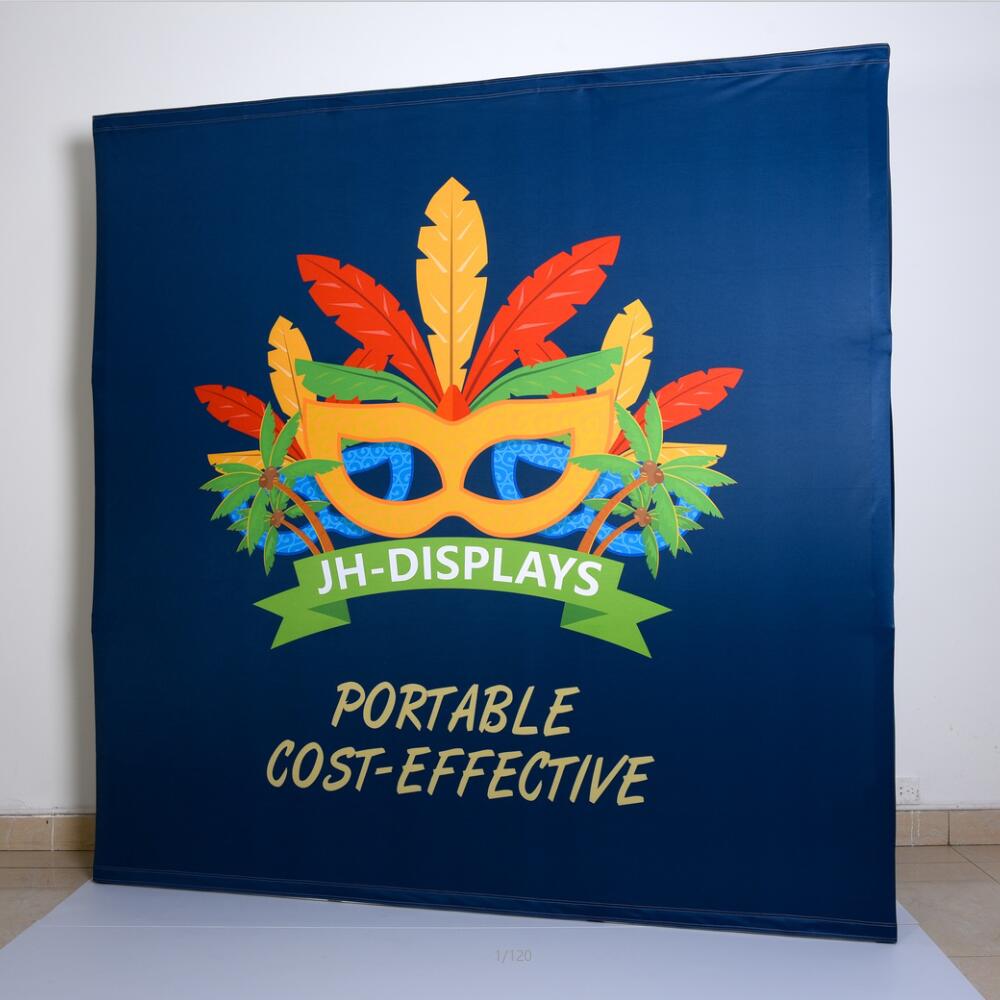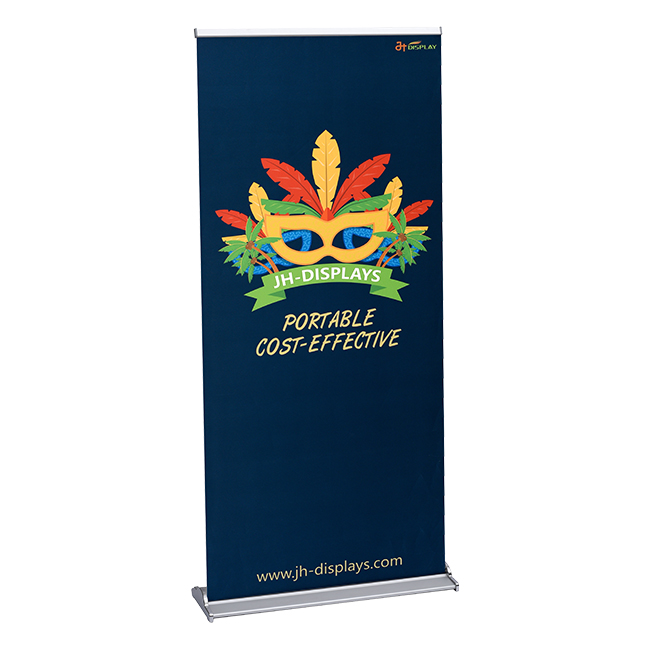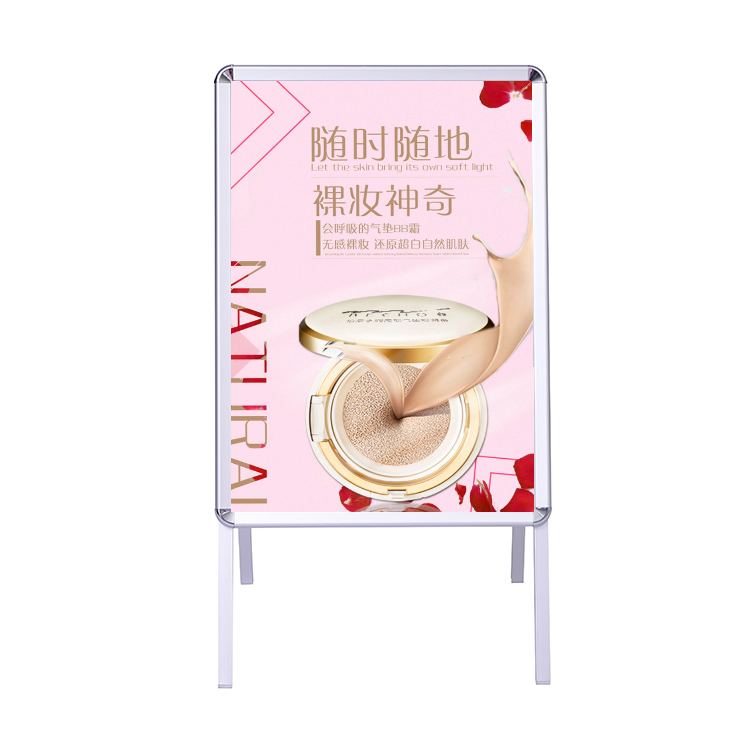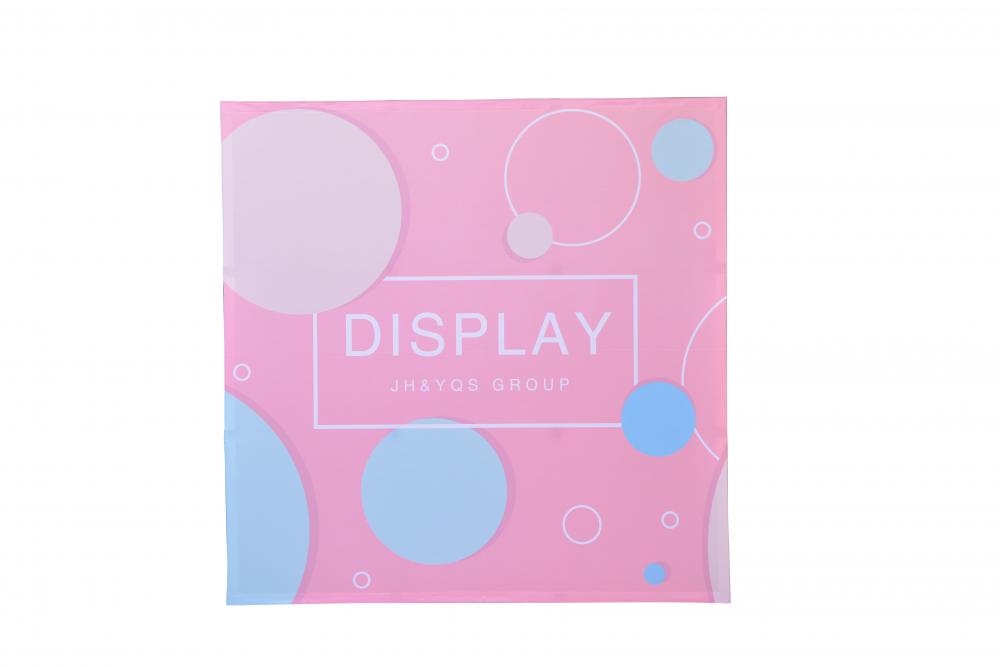Print without limitation
Printing has become very smart. Great strides have been made in bio-printing, which allows for the production of organic and living materials for medical procedures, research, training and testing, in addition to developments in printing textiles, packaging, circuit boards and metals.
Exciting advancements in healthcare are happening all across the world. For instance, human organs can currently be printed using 3D printing. Human corneas have been printed by British researchers using stem cells. Human corneal stromal cells from healthy donor corneas have been used in proof-of-concept 3D printing experiments where they are combined with alginate and collagen to create a "bio-ink" that can be printed. In less than 10 minutes, bio-ink was successfully manufactured in concentric circles to take the form of a human cornea using a low-cost 3D bio-printer.
However, other industries are also creating a stir. In recent months, as 3D printing has continued its steady growth, the use of 3D printing to produce food has attracted attention. A novel 3D-printed beef cut named Omakase Beef Morsels was recently released by the global deep tech food company Steakholder Foods Ltd. The first of its kind, this marbled, structurally rich meat product was made using specialized 3D bioprinting technology and was inspired by the well-known Japanese wagyu beef.
The technology is not only highly innovative. It also offers solutions to some of the pressing environmental problems facing the world. Industrial meat farming is currently one of the biggest contributors to climate change, but in this case, butcher-free food eliminates the need to raise animals to consume meat products. This, in turn, will help reduce the environmental impact of the food industry and make food production more sustainable.


A new era of industrial printing
Compared to traditional methods, digital printing has accelerated in recent years as packaging, textiles and labelling capabilities have expanded. Digital printing technology is inherently more sustainable than traditional analogue alternatives and offers a way forward for clean, efficient, profitable and localized manufacturing.
Despite the fact that businesses initially adopted digital printing to increase quality and save time and resources, they are now also doing so because of the positive effects on the supply chain. Because it streamlines the entire manufacturing process and makes it possible to produce goods on demand, nearshore outsourcing has consequently come to be acknowledged as a benefit of digital printing. In fact, a McKinsey & Company survey found that 71% of clothing and fashion companies anticipate growing their nearshore outsourcing share by 2025.
When looking specifically at the fashion industry, a major factor driving the adoption of digital printing is the use of sustainable practices, including water efficiency and chemical waste reduction. Compared with traditional analog systems, which are heavy in water and energy consumption, digital printing systems reduce unnecessary waste. In fact, digital textile printing can save up to 95% of industrial water consumption, while energy consumption can be reduced by 75%, thus minimizing resource use.
By shortening supply chains, on-demand production, and nearshore outsourcing, all made possible by digital printing, organizations can improve their environmental footprint, as well as efficiency, quality, and cost.

Commercial printing goes green
Despite the fact that printing now encompasses more than just images and business documents, paper will always be necessary in addition to digital material. In fact, while interacting with paper, 55% of survey participants reported being more productive and remembering information better. 20% or fewer people prefer digital documents. This indicates that printing is still significant and that printed materials will probably continue to exist for some time to come.
But there is pressure to promote sustainability, and while office printing may not be immediately considered positive in this context, careful technology choices can have a significant impact on sustainability goals.
Many companies are investing in inkjet to improve sustainability. According to IDC, the commercial inkjet market is expected to grow at an annual rate of +7.2 percent, while laser printing demand declined -1.1 percent year-over-year (IDC, Global Hard copy Peripheral Tracker, Q4 2022). Leaders who have not yet considered this change can win a quick victory by doing so.

Home printing is on the rise
Hybrid work will continue, so home printing has increased. The same is true of ink subscription services. In fact, research shows that 63 percent of people print more at home than a year ago, while 56 percent say they need to print documents for signature or archiving (Print Trends at Home, 2023: Third edition, Quocirca, November 2021).
To unlock the benefits of mixed work, organizations need to address the printing requirements of home workers. Now, more than ever, certain factors highlight those demands, from spiraling energy costs to higher expectations of living and working standards.
Carefully selected and well used, printers can help reduce costs, reduce energy consumption, and improve outcomes in many ways - from sustainability and workflow to reducing the loss of working hours.

Printing has an exciting future, especially as organizations continue to embrace innovative technologies and materials beyond imagination. The fact that we continue to ask whether print is dying proves its future. From the humble printing press to printing human corneas -- printing is booming.